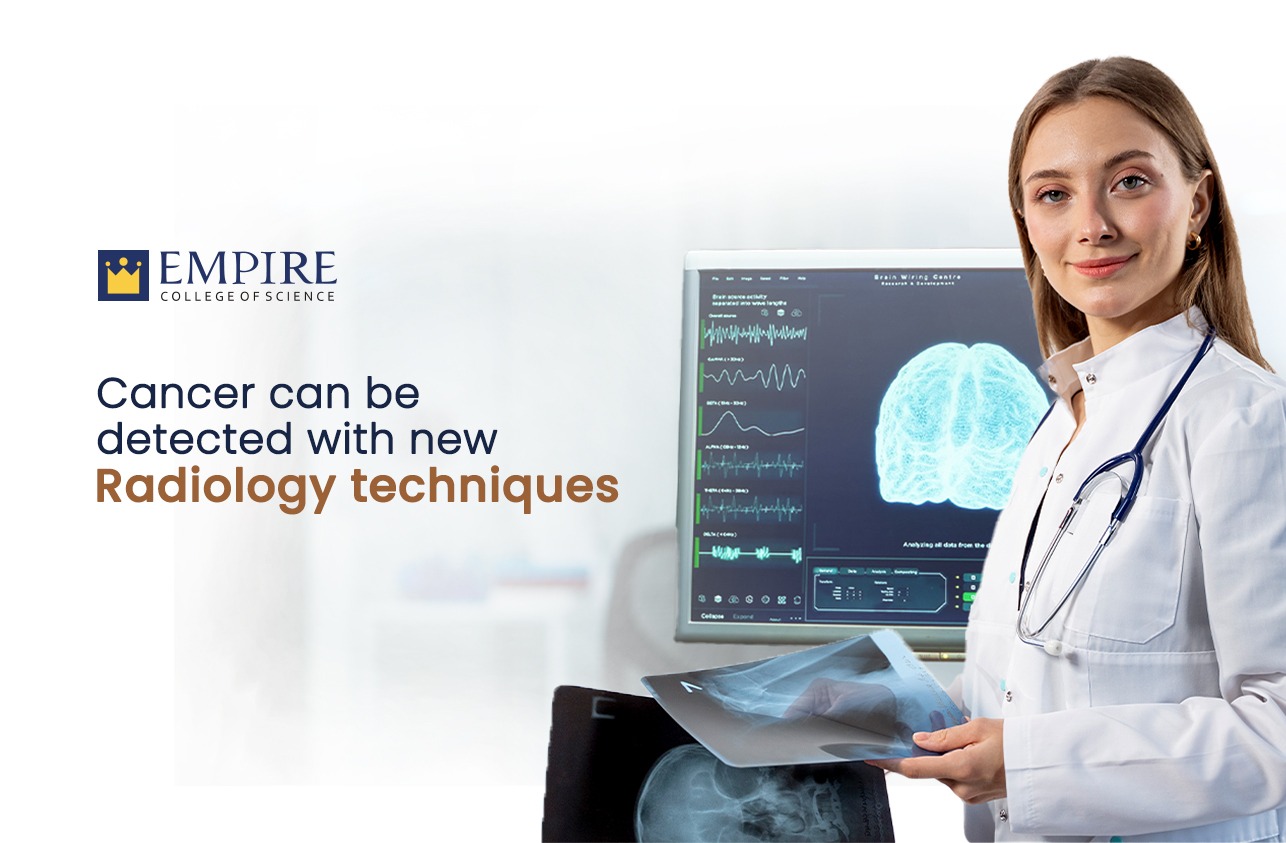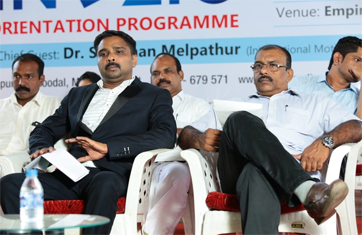Cancer can be detected with new Radiology Techniques

- 23 Feb
- 2023
New technologies for cancer detection
There are many techniques available today to detect cancer much earlier and treat it more effectively. Screening is done among people who are at risk of developing cancer, even though they are currently asymptomatic. People with a family history of cancer have a higher risk of developing cancer.
Cancer is a part of life nowadays. We always meet someone close to us who is sick. No one is completely immune from cancer. But some people are more prone to cancer. They just need to be careful about their health. Similarly, those who work in industries with chemicals, radiation, and biological uses that can cause cancer, and those who have habits such as smoking, drinking alcohol, and taking drugs, are all at increased risk of cancer.
Many countries have national screening programs. For example, in Japan, where stomach cancer is very common, a cancer screening program began in 1983. Many lives have been saved. The cancer screening program started in India in 2016. Through this program oral, breast, and cervical cancer screening is done in 30 out of 100 districts of India.
There are plans to expand to more areas. Until it is implemented at the national level, staying safe will remain the responsibility of individuals. Breast cancer and lung cancer are the two diseases of greatest concern in today's rapidly growing world. Both of these cancers can be detected through routine radiology scans.
A mammogram is the best way to detect breast cancer early. This is a simple X-ray of the breasts. This test can be done in a very short time at any nearest scanning center. A routine mammogram can detect 87 percent of abnormalities. In the new digital mammogram, it is 97 percent.
Women with a BRCA (breast cancer gene) mutation, a family history of cancer, early chest radiation, or a 20 percent congenital risk of cancer-based on family history are at higher risk.
Women with no risk history should have a mammogram at least once every two years after age 50. Mammogram screening can help detect early tumors. This will help to avoid the situation where the breasts have to be completely removed. Mammography saves the lives of 4.3 percent of screen-detected cancers starting at age 50.
Lung cancer is most commonly seen in people who smoke or are exposed to radon, asbestos, or other substances that may cause cancer. People with chronic lung disease and a family history of lung cancer are at higher risk. A chest X-ray is the simplest method, but not as good as a CT scan.
A CT scan provides a three-dimensional view. Therefore, it helps in early tumor detection more clearly than X-ray. The biggest concern with CT scans is exposure to radiation. A new technique called Low Dose Computed Tomography (LDCT) is a safe and effective way to detect lung cancer early.
The National Lung Cancer Screening Trial revealed a 15 to 20 percent lower death rate among people diagnosed with lung cancer by LDCT. Annual LDCT screening is recommended for those with a 20-pack-year smoking history, current smokers, and those who have quit smoking within 15 years.
Cancer should be suspected if anything abnormal is found on the mammogram or LDCT. This should be confirmed by biopsy and appropriate treatment should be sought. Screening saves lives. Be aware of your cancer risk and proceed with awareness and caution.





